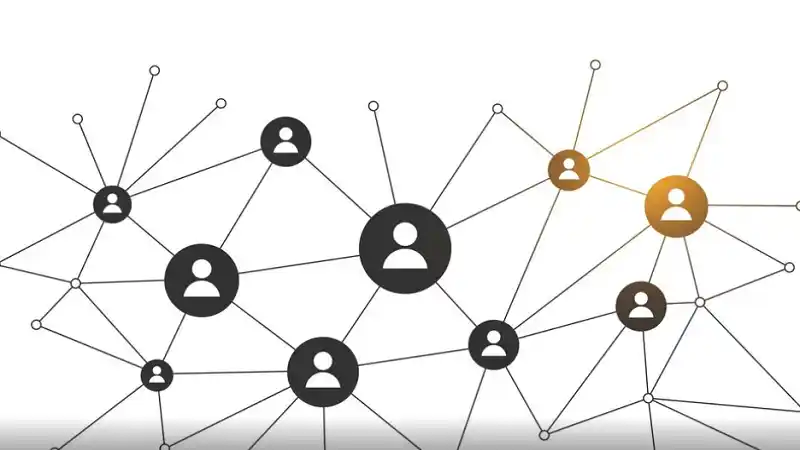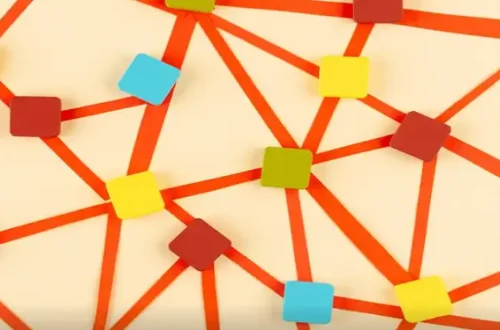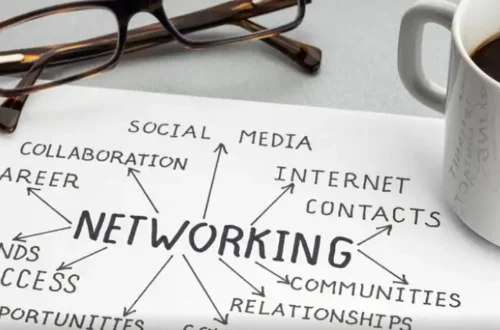In today’s fast-paced, digitally-driven world, building meaningful connections can feel like a daunting task. Whether you’re networking for career growth, fostering personal relationships, or collaborating on a project, the ability to connect effectively is a skill that can transform your life. This is where Connection Hints come into play. Connection Hints are subtle cues, strategies, and actionable steps that help you build, nurture, and sustain relationships with others. In this article, we’ll explore practical steps to leverage and create lasting, impactful connections.
What Are Connection Hints?
Connection Hints are small but powerful actions, behaviors, or insights that facilitate deeper and more meaningful interactions. They can be verbal or non-verbal, intentional or subconscious, and are often the key to unlocking rapport and trust. Think of them as the building blocks of relationships—tiny gestures that, when combined, create a strong foundation for connection.
Examples of Connection Hints include:
- Active listening during conversations.
- Remembering and referencing personal details about someone.
- Offering genuine compliments.
- Using body language to show engagement and interest.
- Sharing relatable stories or experiences.
By mastering Connection Hints, you can enhance your ability to connect with others in both personal and professional settings.
Why Are Connection Hints Important?
In a world where superficial interactions are common, Connection Hints stand out as a way to foster authenticity and trust. Here’s why they matter:
- Build Trust: Small, thoughtful actions show others that you care, which builds trust over time.
- Enhance Communication: Connection Hints help you communicate more effectively by aligning your words and actions with the needs of others.
- Strengthen Relationships: They create a sense of mutual understanding and respect, which is essential for long-term relationships.
- Boost Collaboration: In professional settings, can improve teamwork and productivity by fostering a positive environment.
Now that we understand the importance of Connection Hints, let’s dive into practical steps to implement them in your daily life.
Practical Steps to Master Connection Hints
1. Practice Active Listening
Active listening is one of the most powerful Connection Hints you can use. It involves fully focusing on the speaker, understanding their message, and responding thoughtfully. Here’s how to do it:
- Maintain eye contact and nod to show you’re engaged.
- Avoid interrupting; let the other person finish their thoughts.
- Summarize or paraphrase what they’ve said to show you understand.
- Ask open-ended questions to encourage deeper conversation.
For example, if someone shares a challenge they’re facing, respond with, “That sounds tough. How are you planning to handle it?” This shows empathy and encourages further dialogue.
2. Remember and Reference Personal Details
People appreciate when you remember details about their lives. It shows that you value them and pay attention. To make this easier:
- Take mental notes during conversations (or jot them down afterward if appropriate).
- Reference these details in future interactions. For instance, “How did your daughter’s soccer game go last weekend?”
This simple Connection Hint can make others feel seen and appreciated.
3. Use Positive Body Language
Your body language speaks volumes. Non-verbal Connection Hints can make or break a conversation. Here are some tips:
- Smile genuinely to create a warm and welcoming atmosphere.
- Maintain an open posture (avoid crossing your arms).
- Lean slightly forward to show interest.
- Mirror the other person’s gestures subtly to build rapport.
Positive body language can make others feel comfortable and more willing to engage with you.
4. Offer Genuine Compliments
A well-timed compliment can be a powerful Connection Hint. However, it’s important to be sincere and specific. Instead of saying, “You’re great,” try, “I really admire how you handled that presentation. Your confidence was inspiring.”
Genuine compliments not only boost the other person’s confidence but also create a positive association with you.
5. Share Relatable Stories
Sharing personal stories or experiences can help you connect on a deeper level. When someone shares something with you, respond with a relatable anecdote. For example:
- If they mention a recent vacation, share a memorable travel experience of your own.
- If they talk about a challenge, share how you overcame a similar obstacle.
This Connection Hint fosters empathy and shows that you’re on the same wavelength.
6. Be Present and Mindful
In a world full of distractions, being fully present is a rare and valuable Connection Hint. Put away your phone, avoid multitasking, and focus entirely on the person in front of you. This level of attention demonstrates respect and makes the other person feel valued.
7. Follow Up and Stay in Touch
Connection Hints don’t end when the conversation does. Following up is crucial for maintaining relationships. Send a quick message or email to check in, share an article they might find interesting, or simply say, “It was great catching up with you.”
This ongoing effort shows that you care about the relationship beyond the initial interaction.
8. Be Authentic
Authenticity is the cornerstone of all Connection Hints. People can sense when you’re being genuine versus when you’re putting on an act. Be yourself, and let your true personality shine through. Authenticity builds trust and makes your connections more meaningful.
Applying Connection Hints in Different Contexts
In Professional Settings
- Use Connection Hints to build rapport with colleagues, clients, and mentors.
- During meetings, acknowledge others’ contributions and show appreciation for their ideas.
- Network strategically by focusing on quality over quantity. A few meaningful connections are more valuable than dozens of superficial ones.
In Personal Relationships
- Use Connection Hints to strengthen bonds with friends and family.
- Show interest in their lives by asking about their hobbies, goals, and challenges.
- Celebrate their successes and offer support during tough times.
In Online Interactions
- Even in virtual settings, Connection Hints are essential. Use personalized messages, respond promptly, and show empathy in your communications.
- On social media, engage with others’ posts by leaving thoughtful comments or sharing their content.
Common Mistakes to Avoid
While Connection Hints are powerful, they can backfire if used incorrectly. Here are some pitfalls to avoid:
- Being Insincere: Fake compliments or forced gestures can come across as disingenuous.
- Overwhelming the Other Person: Too many Connection Hints at once can feel overwhelming. Focus on quality over quantity.
- Ignoring Boundaries: Respect the other person’s comfort level and avoid prying into personal matters.
Conclusion: The Art of Connection
Mastering Connection Hints is an art that requires practice, patience, and authenticity. By incorporating these practical steps into your daily interactions, you can build stronger, more meaningful relationships in every area of your life. Remember, the key to effective lies in being genuine, attentive, and thoughtful.
Whether you’re networking for career growth, nurturing personal relationships, or collaborating on a project, Connection Hints can be your secret weapon. Start small, stay consistent, and watch as your connections flourish. After all, the quality of your relationships often determines the quality of your life. So, why not invest in them today?
By following these actionable tips and embracing the power of Connection Hints, you’ll not only enhance your ability to connect with others but also create a ripple effect of positivity and trust in your personal and professional circles. Happy connecting!





